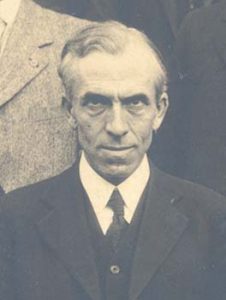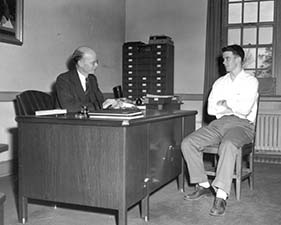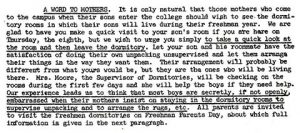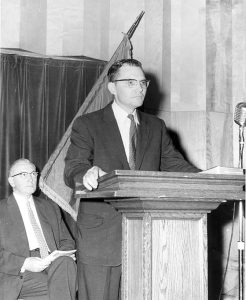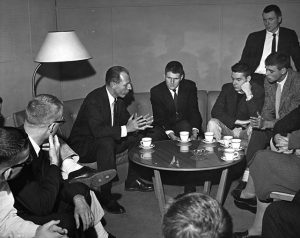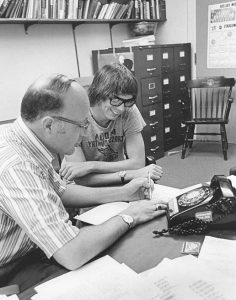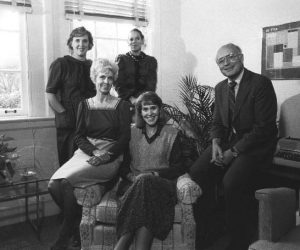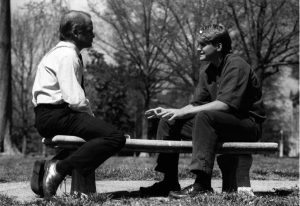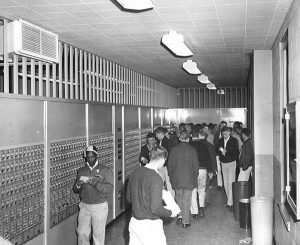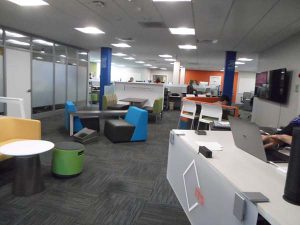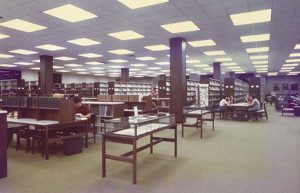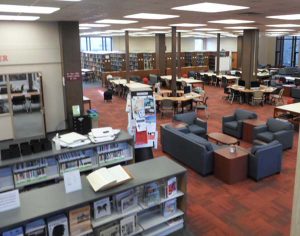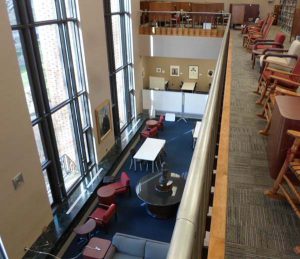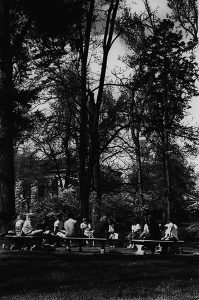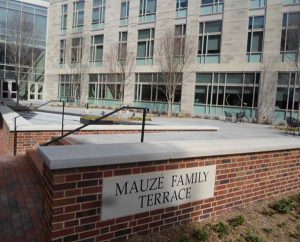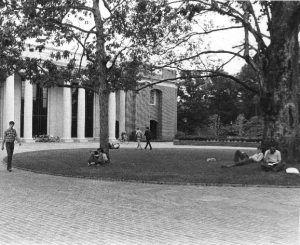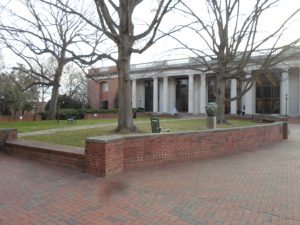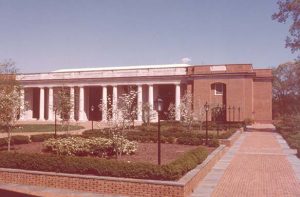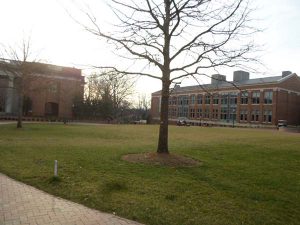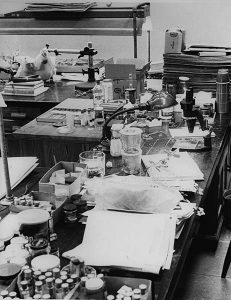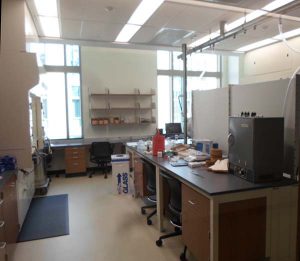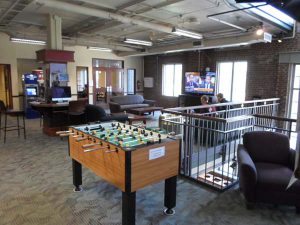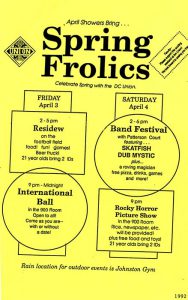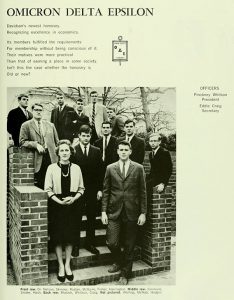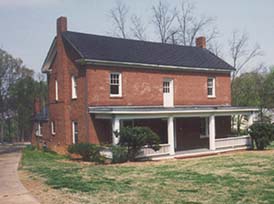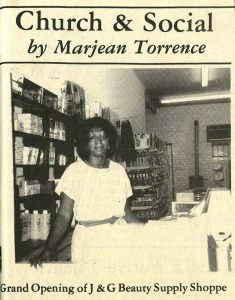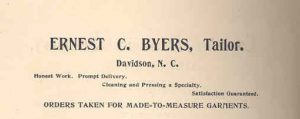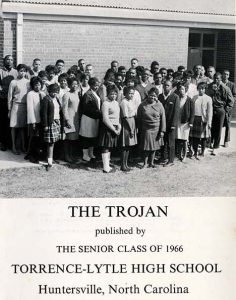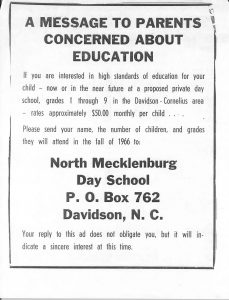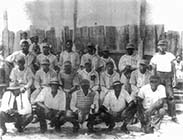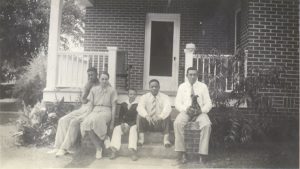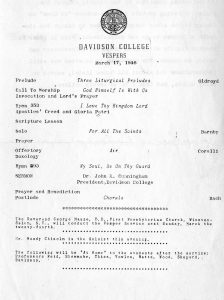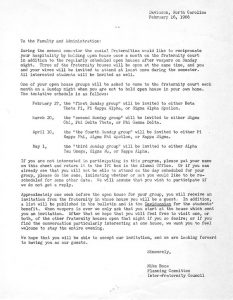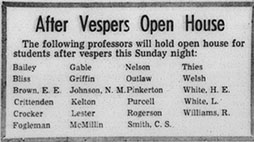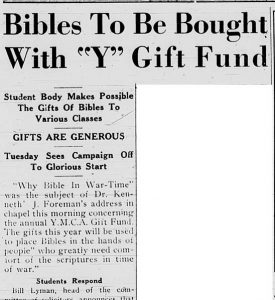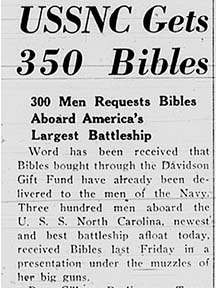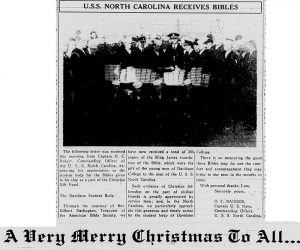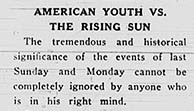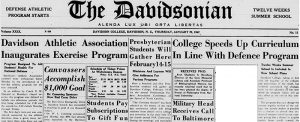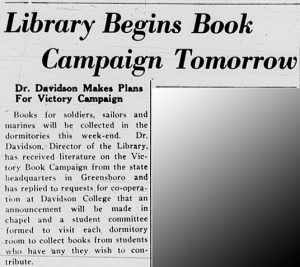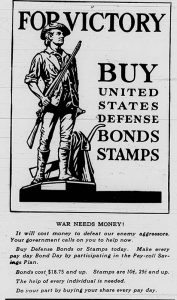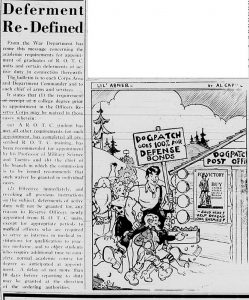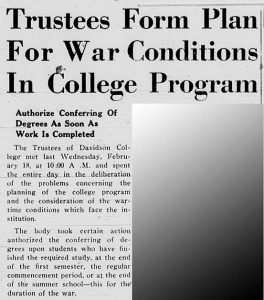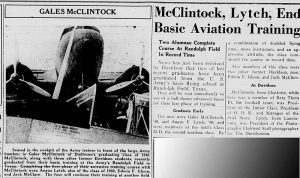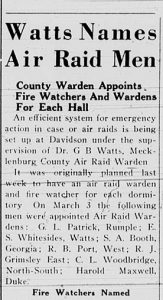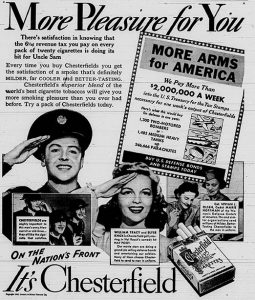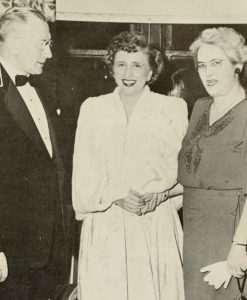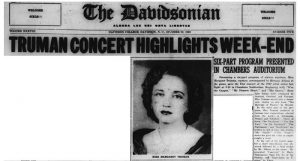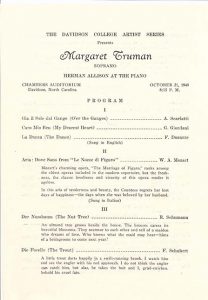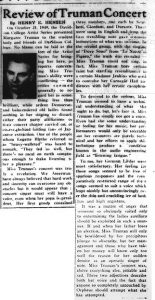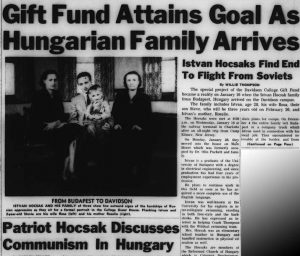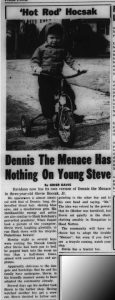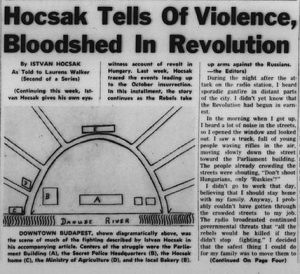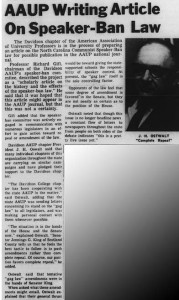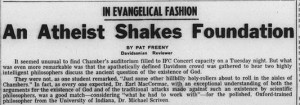A recent donation from alumnus and environmental ethics leader Holmes Rolton III (class of 1953) raised the question of Davidson’s engagement with environmental issues including Earth Day.
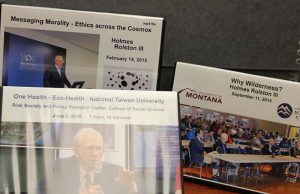
Some of the dvds in a recent donation documenting Holmes Rolston III’s work in environmental ethics.
The annual celebrations of Earth Day began in 1970 and a few Davidson students made sure the college joined in that first year.
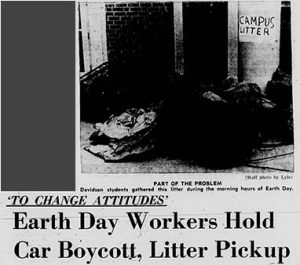
Headline and photo from 24 April 1970 Davidsonian
The students paired with the Union cafeteria to create a display of paper cups and litter, they also helped with trash clean up in town and passed out flyers encouraging people to drive their cars less. Their efforts met with some resistance. One faculty member declined to purchase a 40 cent bumper sticker (which said “Did you thank a green plant today?”) noting that he’d rather support the anti-war cause. Another questioned the rationale of putting anti-pollution stickers on polluting cars. Undaunted, the students planned an environmental awareness teach-in with faculty and Congressman Nick Galifinakas.
The initial enthusiasm appears to have faded and in the next decade, Spring Frolics, Convocations, International Festivals, Easter breaks, and Alumni Weekends pushed Earth Day off campus calendars. Concerns over environmental issues grew again in the late 1980s, supported by Ruth Pittard in her role as program coordinator for the college union. While not held on the official date, a 4-day Environmental Awareness Weekend was held April 5-8, 1989 with films, speakers and a repetition of the inaugural Earth Day’s display of campus trash.
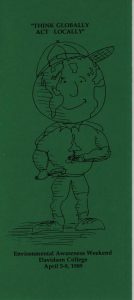
Cover for Environmental Weekend program
With the formation of the Environmental Action Coalition (EAC) as a student organization, Earth Day returned to Davidson. Instead of losing out to competing events, the Earth Day organizers often joined forces with other groups to combine their events with Frolics and Community Service’s Into the Streets programming

1990 Earth Day trash display
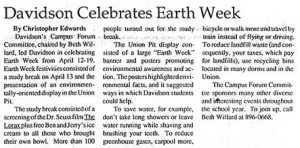
27 April 1992 Davidsonian account of Earth Day.
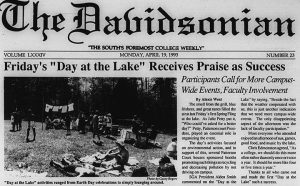
1993 Earth Day joins with Spring Fling events
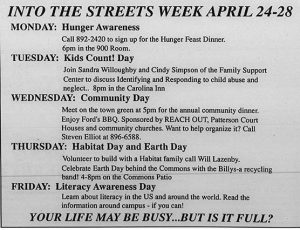
In 1995, Earth Day becomes a part of community service via Into the Streets.
In the late nineties, Earth Day went solo but with a twist – other campus organizations began to participate. The 1999 celebration had student organizations and town businesses setting up booths. One unnamed group returned to the theme of discouraging car use asking people to stop driving for one week. Warner Hall helped people sign up to avoid junk mail. It also expanded into weeks and even Earth Month in 2005.
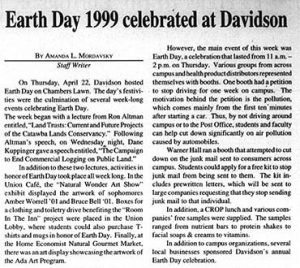
In 2002, the Physical Plant workers weighed in with an information ad in the Davidsonian.
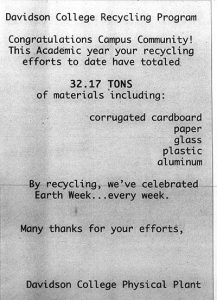
Physical Plant sharing recycling numbers.
In the same issue of the Davidson, an editorial “Earth Day + Fun = Kegs” raised the question of whether having kegs would be a more environmentally friendly approach to reduce Patterson Court trash.
In 2005, Earth Day plus fun meant the first Green Ball hosted jointly by the EAC and the Davidson Lands Conservancy.
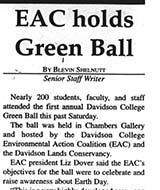
Beginning of 27 April 2005 article on the Green Ball
The inaugural Green Ball, featuring contra dancing and a silent auction, raised over $5000. Still a popular event, the 2016 ball raised
The college proclaimed 2009 the Year of Sustainability, with a special Green Week happening in February rather than April. In 2012, Earth Day became part of Greenstock with information booths and student performers taking over the Union atrium. In 2017, EarthDay will spread beyond the campus as alumni chapters across the country join volunteer days for beach cleanups, recycling electronics, prepping community gardens and more.
